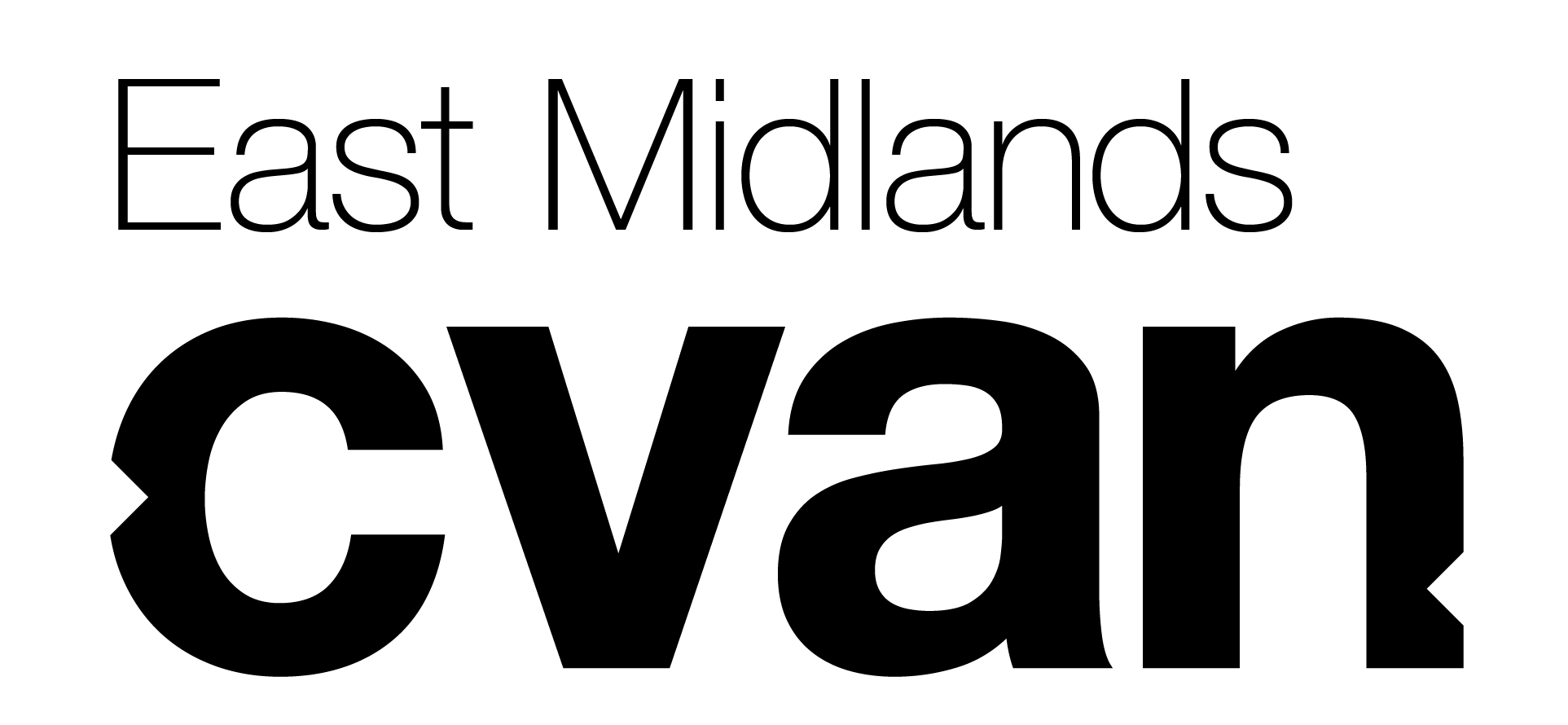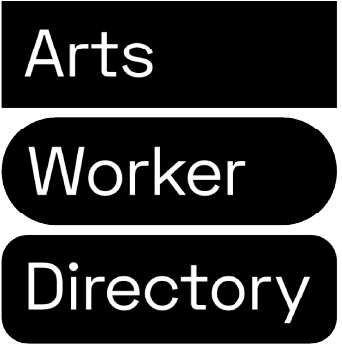Diane Hall uses recycled, natural and repurposed materials in her work, which explores the history and future of the natural environment. She lives and works in Leicestershire and has a studio in Rutland. She has an MA in Fine Art from the University of Lincoln. Diane is a fine art tutor at Attenborough Arts Centre, University of Leicester, a trustee for the City of Leicester Museums Trust and is a member of artist groups g8 and FEMinists (a group of 3 women artists working in the Lincolnshire Fens).

Where are you based?
I have a studio in Bisbrooke, Rutland.
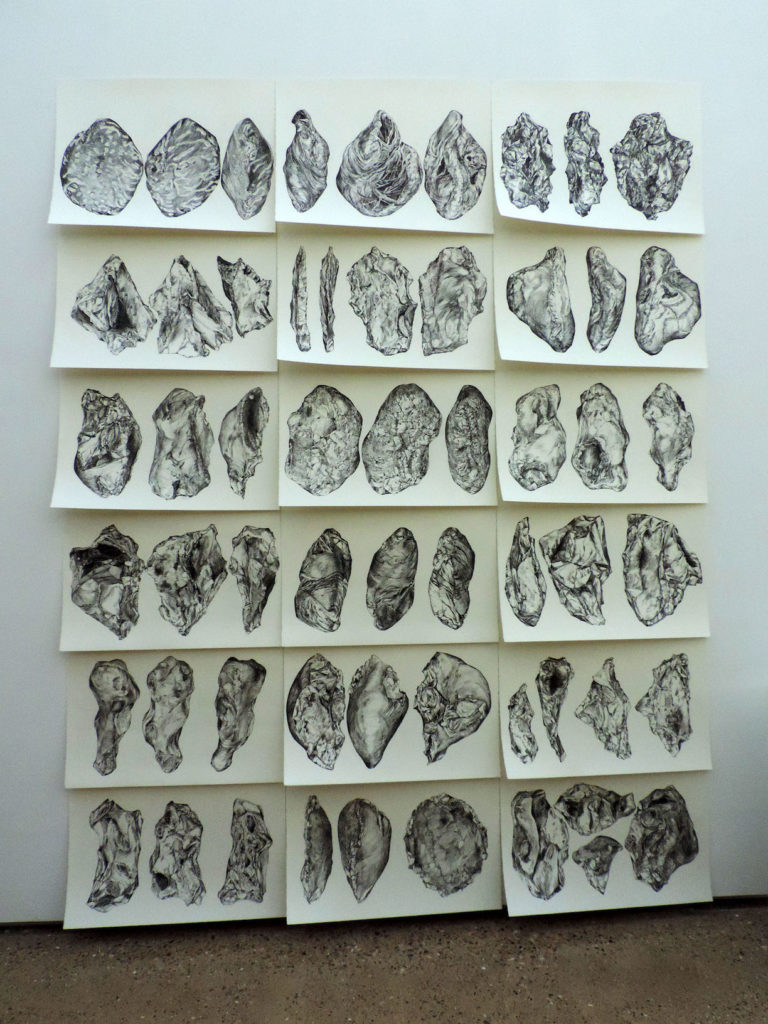
Describe your practice for us
I enjoy the challenge of working in series or incorporating interrelated parts. It is the relationship between the parts, their proximity to each other and their individual balance and vibrancy that fascinate me. I work in many different media and choose the most appropriate according to the piece of work I’m pursuing, for example in the 2017 exhibition Memories of Industry, I worked in what could be conceived as industrial materials – metal, glass, ceramic, brick and detritus including geotextile used under a mining road to stabilise the ground. In my textile work the fabrics are all upcycled as are my multiple pieces collages. Such ruminations of rubble and detritus can seem bizarre and eccentric but have become the inspiration for my research and practice. With the eye of a collector, I’m always on the look- out for discarded interested bits.

How long have you been practising and by what route did you come to your practice?
Using mud, sticks, feathers and scraps of fabric as a tiny child I always played with materials. Seeing my granny turn an adult coat inside out to reuse the fabric for my new coat, and revealing the skeleton of seams inside, are vivid memories that still resonate in my work today.
I’ve always practiced but my work really developed in the early 2000s when The University of Leicester Advanced Course for Developing Professional Practice supported my understanding that time to research and think through ideas was important. The mentoring I received and the dialogue with other artists was invaluable. G8artists was formed from that germ. We were commissioned by the University Medical School to create work for their corridors, which gave us the confidence to apply to Calke Abbey for an exhibition. There, the National Forest Company saw our work and offered some of us collaborative opportunities. Numerous exhibitions followed, a number Arts Council funded. Deciding to pursue an MA in 2013-15, followed by an AA2A 2 years later, were a catalyst for me, enabling me to recognise the values and approaches that contemporary art had to offer. The curating element gave me the skills and confidence to have a solo exhibition at the Attenborough Arts Centre, which was followed by the significant show in 2017, with the other 2 g8artists. Excitingly, Nicholas Serota was in Leicester and came to see it. g8 artists continue to apply for funding, currently so we can tour work nationally and internationally to varied venues and audiences. I would also like to have the opportunity to work with a geologist, so my creative ideas and skills could reflect their work.
In the meantime, the AA2A at Loughborough University has opened-up new areas of creative interest and skills – I’m loving it!

You’ve said that an important area of inspiration for your research and practice concerns the imperatives of conservation and the associated political issues of the natural environment. Could you tell us more about that.
Today is a decisive time for the planet, when society is critically conscious of ecological issues and seeking resolutions to the thorny problems it poses. It seems, as contemporary artists, we are in a unique position and have a significant role to use our creative skills to highlight the concerns of the wider political and environmental issues within society.
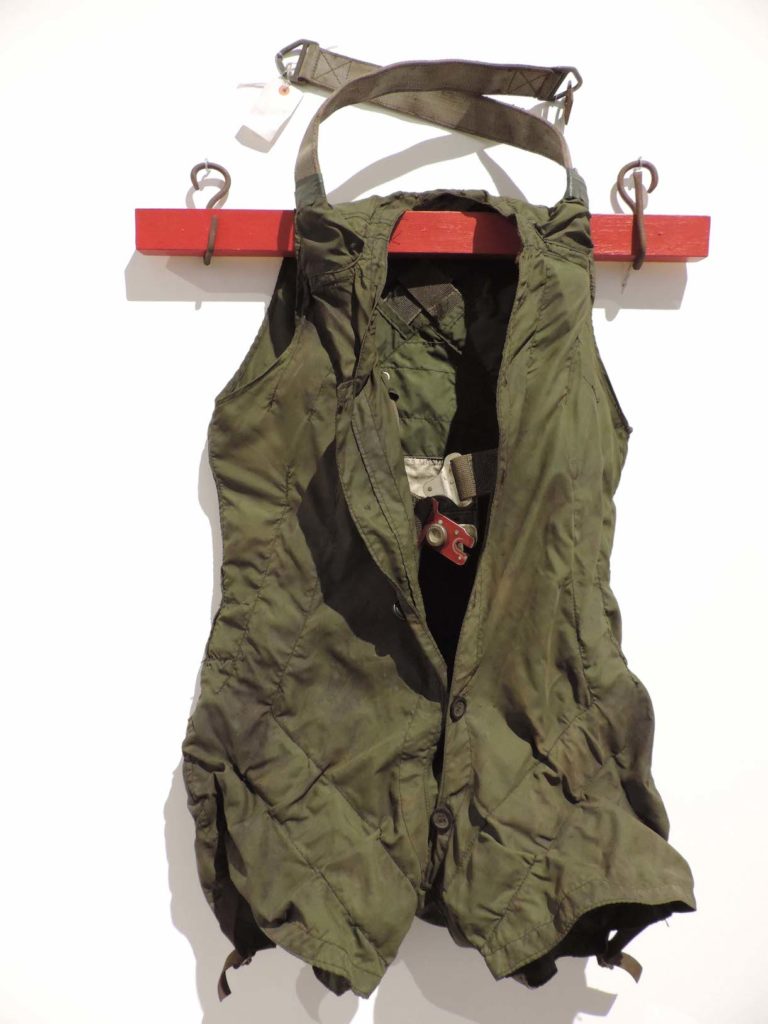
Leicestershire’s landscape and history feature heavily in your work, what is it about the area that appeals to you?
It is the enigmatic qualities of the fragile equilibrium, between the industrial and natural landscape, that is a source of fascination for me.
The changes and historical layering that exists within the county were highlighted last year, when along with g8artists I was invited to visit and choose historical industrial items from the City and County Museum collections for display. We curated the exhibition at the Attenborough Arts Centre including our own contemporary work in response. Some 5 years ago for my MA, I worked on a disused mining site in Leicestershire. Consequently, the mining artefacts in the warehouses, including a dark green mining rescue garment with red metal clips and weighted round the arms and legs, was compelling. Yet although the mining brought wealth to the area it left a legacy of defiled land suitable only for forest plantations. This has brought another layer of history where leisure has superseded industry and where ancient forests created coal, now new forest, add to its cyclic nature.
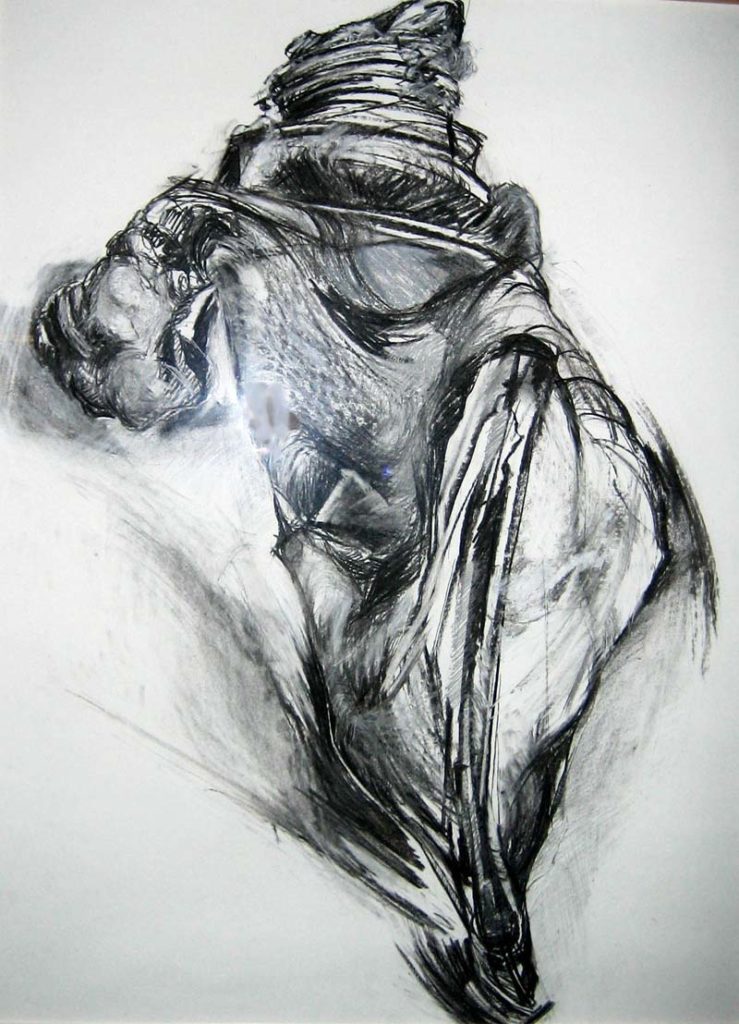
Sketching and drawing are prominent parts of your practice. Do these mediums speak to the locations that you visit? Tell us about your motivation for using them.
It is the immediacy of the act of drawing and the directness with which it allows my thoughts to become externalise that is important. I realise I acquire knowledge through the action of drawing, as it allows me to see and think and do in a single discourse. Drawing evokes action and is about communicating an invitation for others to be inspired. It is a wonderful result of a relationship between a process, a material, a subject and the artist.
Wherever I am, I’m always noticing and collecting ‘found drawings’ – I recently found a rejected knot of string squashed by a car – which are invigorated, Jean Baudrillard noted, by ‘the end of one identity and the beginning of another’. This interests me.
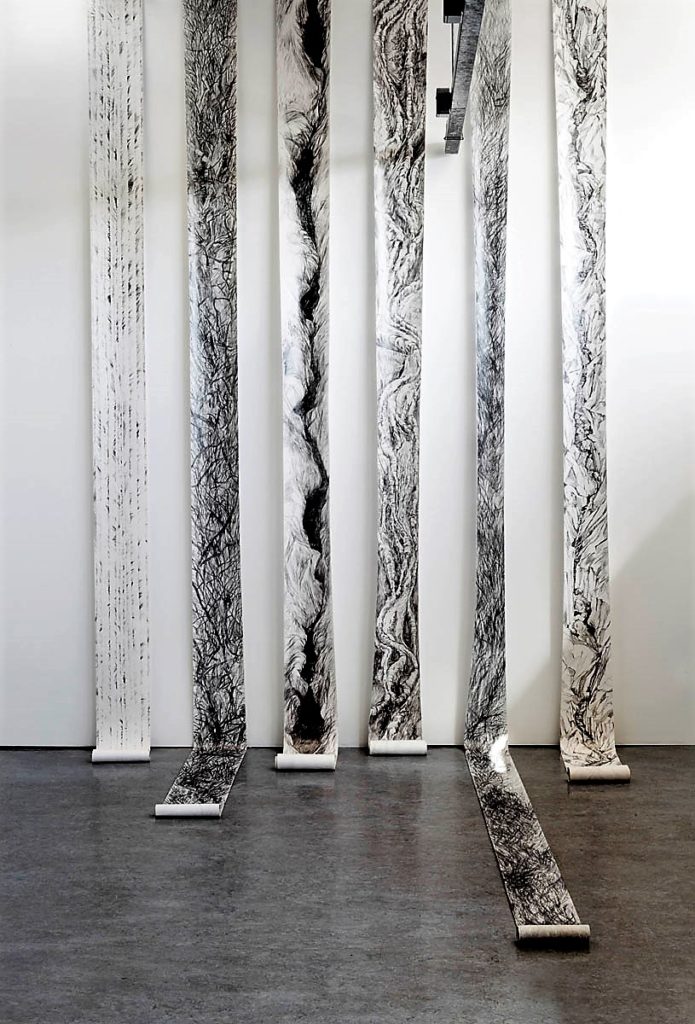
You work with a group, g8artists. What brings you together and how does the collaboration work in terms of producing work to exhibit?
g8artists met at the University of Leicester, on the ‘Advanced Course for Professional Development and Practice.’ Initially, it was a larger group, but 3 of us remain, who wanted a more professional approach and outcome for our practice. We work independently, but have similar ideas and views about the environment, science and exploration. We undertook several projects with the National Forest Company for about 10 years, which gave us the opportunity to respect each other’s concerns and commitments. We work well together as each brings additional skills to the group – financial, educational and technical. We all include an element of research in our practice and recognise that an exhibition/project has to be well planned, thought out, curated and evaluated thoroughly. Meeting regularly, we discuss work and bounce ideas off each other In a supportive way.
You’ve recently taken up a place on the AA2A scheme at Loughborough University, could you tell us what you are focusing on while you are there.
I am producing paper pulp castes, containers, books, boxes etc., that are intrinsic to a final piece of work, but are versatile, adaptable and easily transported for showing in a variety of venues, spaces and situations, both national and internationally. The AA2A opportunity has enabled me to push my practice into new territory and ultimately challenge my ability: I’m about to use film to record a piece of work – this is a new area of experience and creative expression for me.
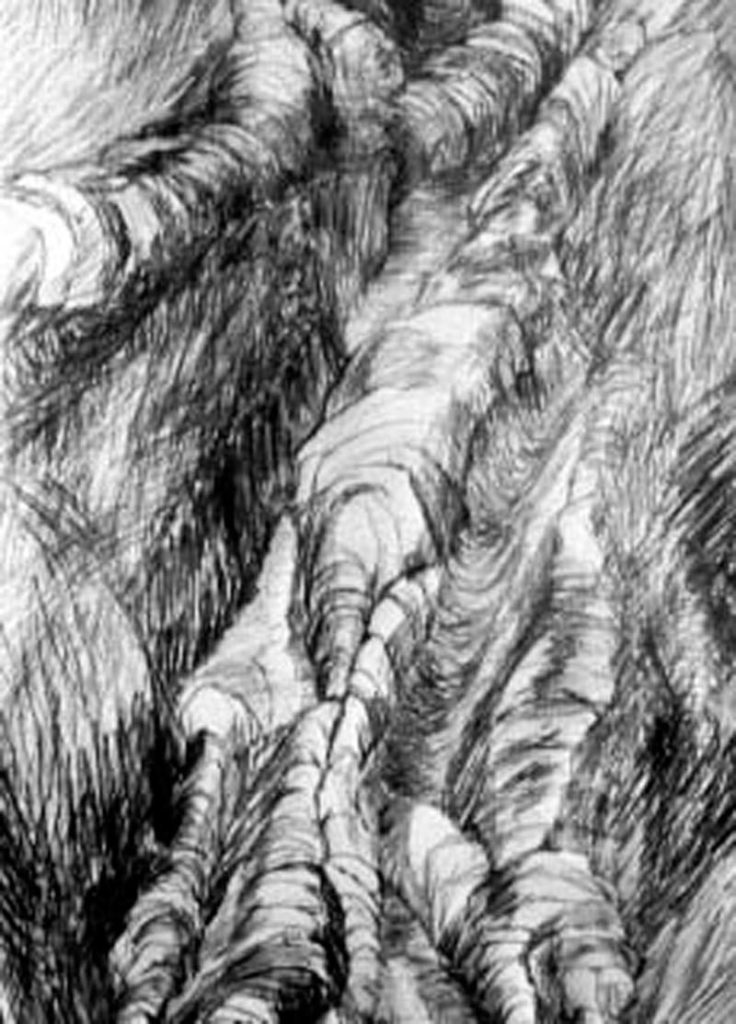
What is the most interesting or inspiring thing you have seen or been to recently, and why?
Strata – Rock – Dust – Stars – York Art Gallery. Amazing moving images and interactive pieces, which resonated with my own work. I particularly enjoyed Phil Coy’s ‘Substance’, which revealed the scars left on the landscape after mining.
Criminal Ornamentation curated by Yinka Shonibare at the Attenborough Art Centre, concerned the elitism of good taste, ‘rejoicing in the radical deviancy of pattern’. The exhibition as well as the artist in conversation were thought provoking.
Fig Futures at The DM University. I particularly liked Anna Barham’s combined use of text, poetry and film in her performance piece.
A legacy in vanishing: Scott Mason – New Walk Museum, Leicester – for the way he highlighting the unseen in collections through installation and poetry.

Which other artists’ work do you admire, and why?
I regularly visit exhibitions and read articles about art and environmental issues, which provoke thought and ideas for my practice.
Artists who I refer to are:
Richard Smithson – for his 1960s writings and photographic images of the disused Industrial Landscape near NY, which show the implicit understanding of the space and time embodied in it. I was working at that time in a paint factory lab, developing new acrylic paints. It was situated in the same area of Passaic, NJ, so the images resonate with my memories.
Eva Hesse – for her small-scale experimental pieces, which express the sensuality of the range of industrial materials she used.
Cy Twombly – for the way the incidental details in his drawings multiply and connect.
Phyllida Barlow – for her imposing structures made from found materials, which dramatically change the space and are reused elsewhere for further installations.
Robert Rauschenberg – for his innovative combinations which still resonate today.
Tacita Dean – for opening up new areas of thought and interest for me to consider.

Whose studio would you most like to visit?
I’d love to visit Helen Marten’s studio with Graham Ensor, another g8artist. We both are fascinated by found objects and detritus and how to combine them. Helen Marten uses disparate objects to make unexpected, complex, thought provoking sculptural installations. A discussion about her initial ideas and development would be very rewarding.
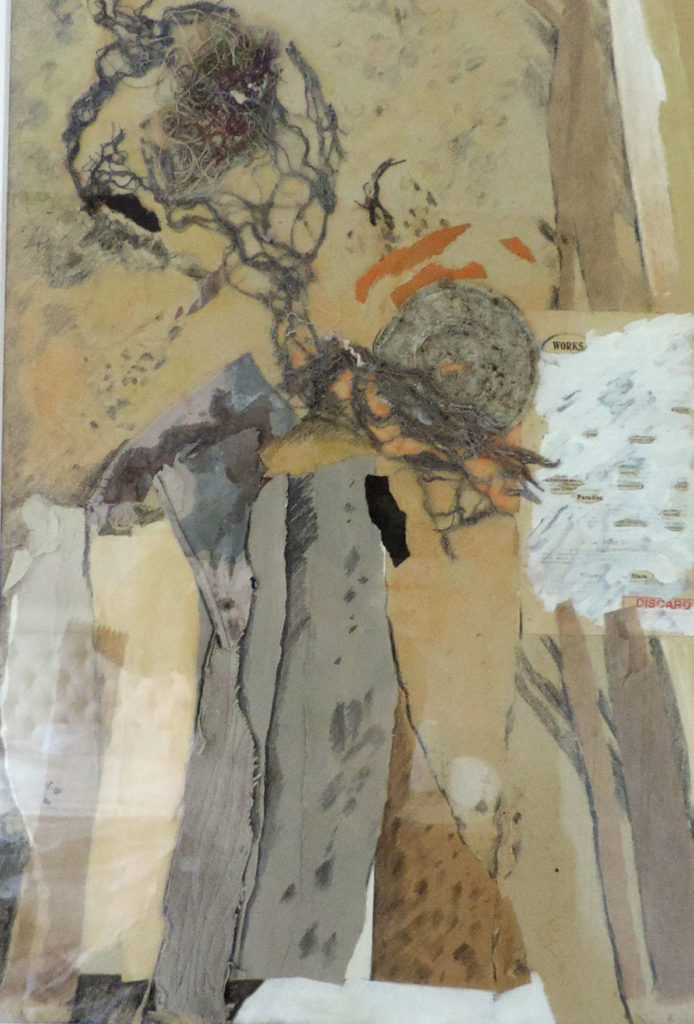
Where can we see your work?
The AA2A artists are having an exhibition at Martin Hall Gallery, Loughborough University, at the beginning of May 2019. My work is also featured in the Brooklyn Library Sketch Book Project and on my website.
Diane was interviewed in December 2018.
All images are by and courtesy of the artist.
